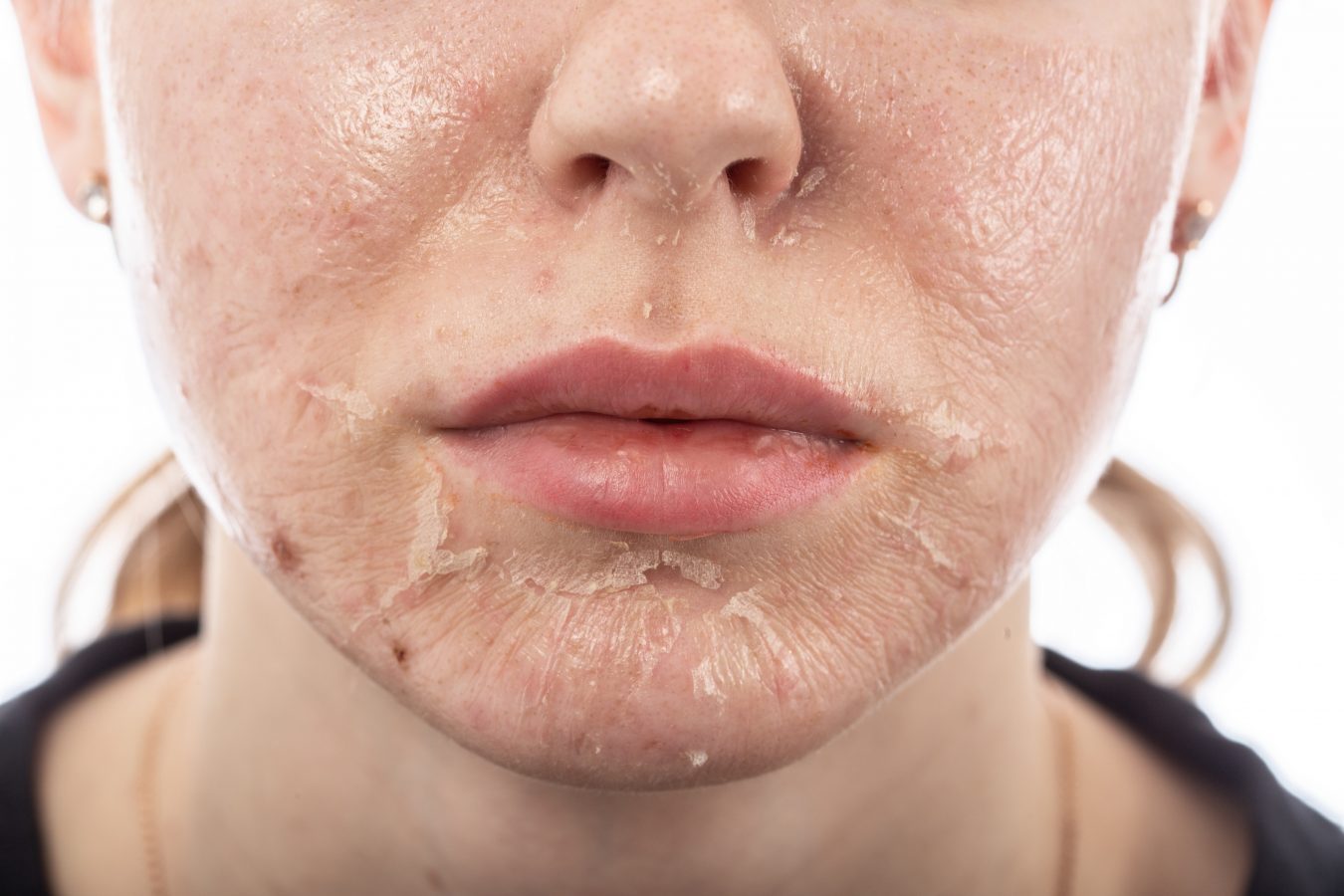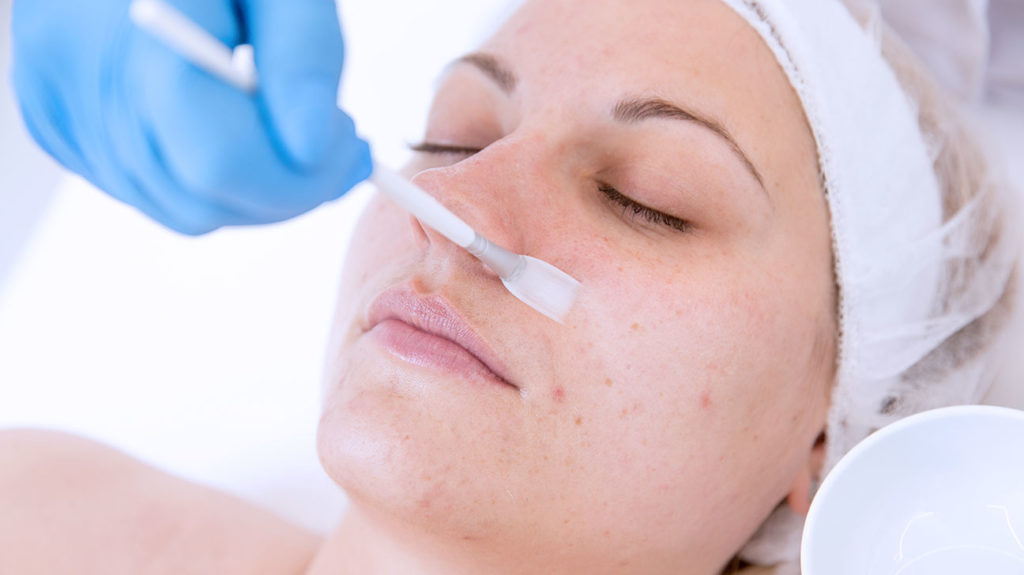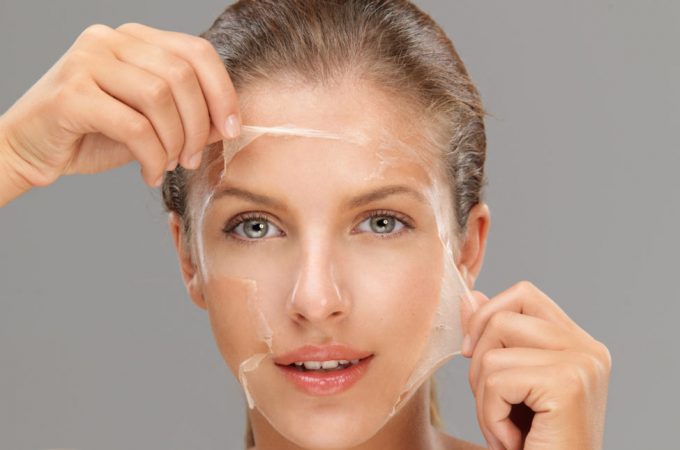Tired of acne scars? Dull skin giving you nightmares? Have a blemish that you just can’t shake off? Try getting rid of it all with an intensive chemical peeling treatment.
Chemical peel is an effective treatment option that works by triggering the natural process of exfoliation. And because of the magical results it shows, it is becoming extremely popular. In fact, its market size is set to grow to $3.1 billion by 2026.
But before you start rushing to prepare for this treatment, there are some things you must know about it. Keep reading to find out 7 must-know chemical peeling secrets.
There Are Different Types of Chemical Peels
There are various chemical peeling processes like medium peels, superficial peels, deep peels, etc. Moreover, each of them tends to a different skin issue. So let your skincare professional decide the best and most comfortable chemical peeling option for you.

Share the past history of any prevalent skin problems you have had with your dermatologist or esthetician. That will help them determine which is the target problem the peel needs to solve, or if it should even be performed. Also, remember that each peel routine has a different aftercare requirement too. So ask your doctor about post-peeling care as well.
It Is Suitable for Every Skin Type
Have you always shied away from a chemical peeling treatment only because you think your sensitive skin can’t take it? It’s time to stop. Chemical peeling is no longer restricted to those with normal skin.
Even if you have sensitive or extra sensitive skin, you can choose a chemical peel treatment. However, always consult an esthetician or dermatologist before you zero in on a treatment. That way, you’ll ward off every little risk of a flare up or side effects. If you’re looking for an expert, try Back to 30. Back to 30 have a variety of treatments and they specialise in providing highly effective chemical peeling.
Sunscreen is Important
The outer layer of your skin plays a crucial role in protecting you from the sun. But when you get a chemical peel done, this layer flakes off. Which means the amount of sun protection you have naturally also decreases. So right after the treatment, you have to make extra efforts to stay out of the sun.
It’s essential to use sunscreen to prevent damage from UVA and UVB rays. Usually, your esthetician or treatment expert will provide you an aftercare kit containing an SPF. Try to use the same SPF while your skin is healing. Not applying SPF can also reduce the effectiveness of the treatment. So make sure you step out with your sunscreen on.
It’s a Quick Procedure, But Recovery Takes Time
Most chemical peeling treatments do not take much time to complete. However, the recovery time can be significant. In the process, your skin is cleaned deeply. Then one of the chemical peeling solutions will be applied all over your skin.
During the treatment, you may feel like your skin is burning. The burning or itching sensation will extend into your recovery period as well, which may last from a week to a month. The itching and dryness, combined with your peeling skin, can be deeply uncomfortable too. But with proper aftercare, they will be manageable.
One Peel Might Not be Enough
Think you’ll be done with the treatment after just one session with your esthetician? Technically, yes. But to have better results, you might need repeated treatments targeting different issues.
Most people see their desired results after 3-5 sessions of chemical peeling. Of course, they aren’t done back to back because your skin needs to relax too. But unless you opt for a deep peel, be ready to visit your esthetician again. They are the best judges of how many times you actually need the treatment.

It Can’t Solve Some Skin Problems
Chemical peeling is highly useful for a large number of dermatological issues. But there are certain problems that it cannot solve. Things like over wrinkled skin, sagginess, and bulging areas do not recover with a chemical peel.
So if you’re dealing with these problems, you might have to look into other dermatological treatments. If you’re unsure whether or not chemical peeling will help with your skin problem, contacting an esthetician is the right choice.
Not only for your face
You might have only heard about chemical peeling for the face. But that isn’t the only area where this treatment helps. Since the process is all about rejuvenating your skin and removing the dead layer, it performs brilliantly in removing scars and blemishes from many other body parts as well. It can be performed on the hands, neck, chest, etc. To know which other body parts are suitable for a chemical peel, you can simply contact your dermatologist or esthetician.
Conclusion
Keep these points in your mind before opting for a chemical peel. They’ll make the process seem far less complicated. And always remember, in case of doubts, consulting your doctor or an expert should be your go-to option, especially in matters of the skin.

